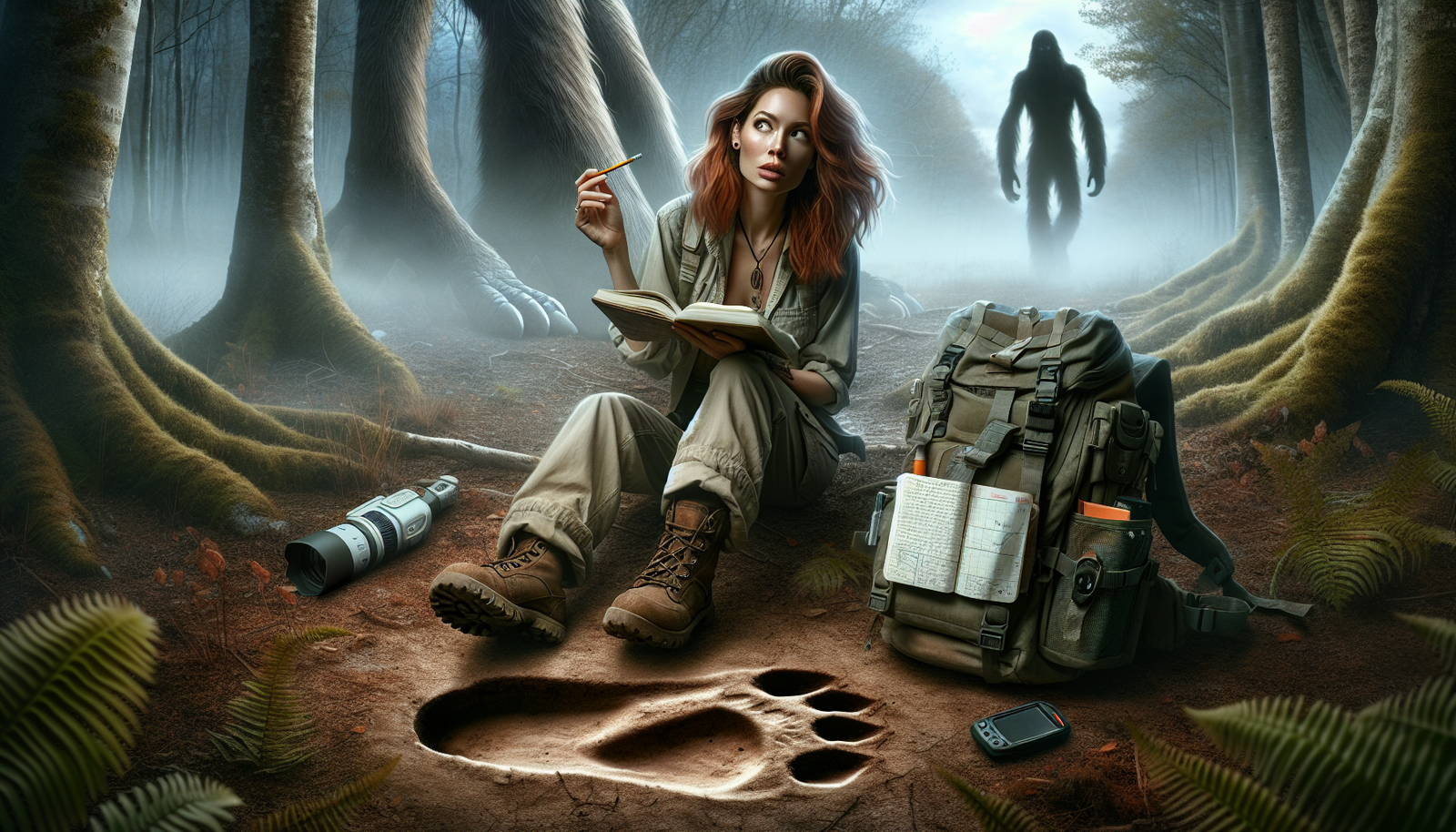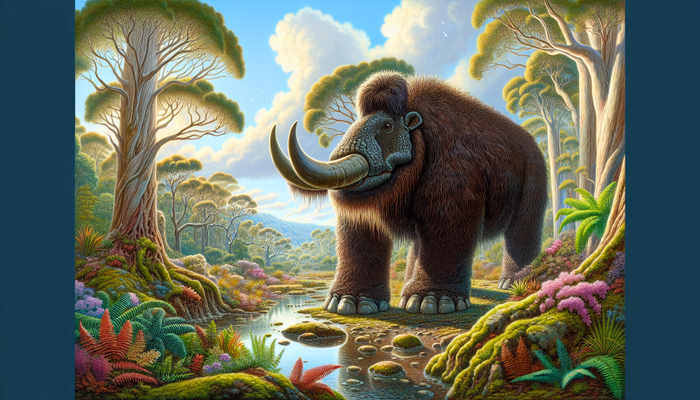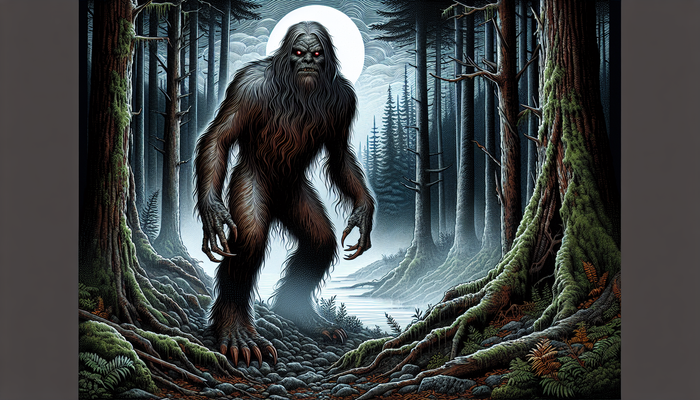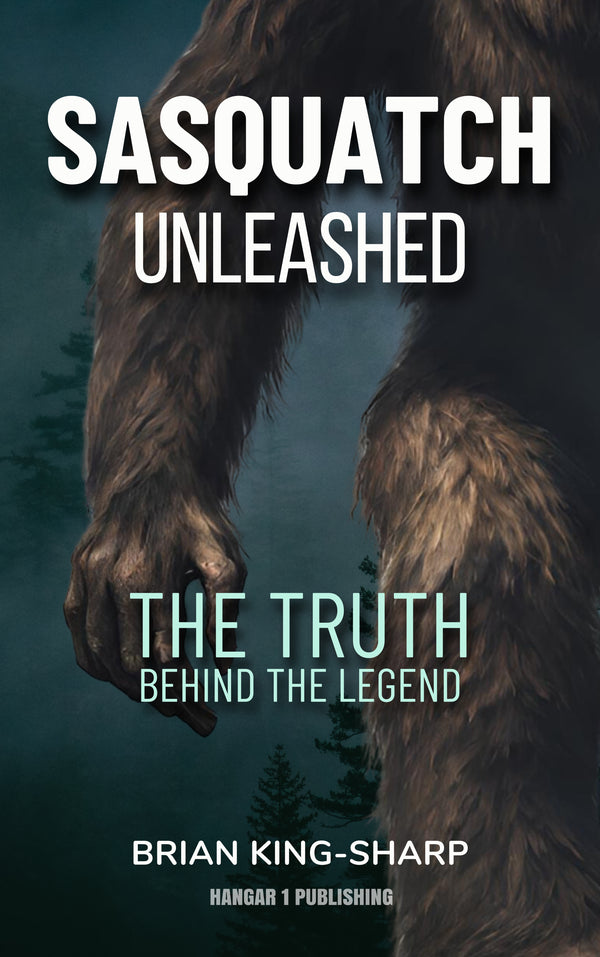Cryptozoologist Jobs: Chasing Legends, Discovering Wonders

By Wade Beaumont, Cryptozoologist and Park Ranger
The sun hung low over the misty hills of the Pacific Northwest as I crouched in the dense underbrush, my heart pounding with a mixture of anticipation and trepidation. The silence was broken by a distant, eerie cry that sent shivers down my spine. Could it be the elusive creature I had spent months tracking? As a seasoned cryptozoologist, I knew better than to jump to conclusions, but the thrill of the hunt was undeniable. This is the essence of my unusual profession—a relentless pursuit of the unknown, driven by an insatiable curiosity about the creatures that lurk in the shadows of our world.
The Essence of Cryptozoology
Cryptozoology, at its core, is a captivating blend of zoology, mythology, and good old-fashioned detective work. We cryptozoologists dedicate our lives to investigating creatures that science has yet to confirm—the hidden animals that have captured the human imagination for centuries. From the towering, bipedal ape-man known as Bigfoot to the serpentine beast said to inhabit the depths of Loch Ness, these legendary creatures, or "cryptids," have become the stuff of folklore and fascination.
Our work involves applying rigorous scientific methods to separate fact from fiction, to unravel the mysteries surrounding these elusive creatures. We meticulously gather evidence, analyze data, and follow leads, all in the hopes of shedding light on the existence of these cryptids. It's a field that emerged in the mid-20th century, thanks to the groundbreaking work of pioneers like Bernard Heuvelmans and Ivan T. Sanderson, who dared to take seriously the accounts of unknown animals that had long been dismissed by mainstream science.
The allure of cryptozoology lies in the tantalizing possibility of discovering new species, of pushing the boundaries of what we know about the incredible diversity of life on our planet. Each cryptid represents a puzzle waiting to be solved, a challenge to our understanding of the natural world. For those of us who have dedicated our lives to this field, the pursuit of these creatures is not just a job—it's a calling, a passion that drives us to explore the frontiers of zoology and to challenge conventional wisdom.
The Cryptozoologist's Toolkit
To unravel the mysteries of cryptids, we cryptozoologists rely on a diverse toolkit that combines cutting-edge technology with tried-and-true fieldwork techniques. Our investigations often begin with a journey to the heart of the mystery—the locations where the creature has been sighted. We immerse ourselves in the local culture, interviewing eyewitnesses and gathering valuable insights from those who have lived alongside these legends for generations.
In the field, we collect environmental samples, such as hair, scat, or footprints, that might provide clues about the creature's existence. We deploy an array of high-tech equipment, from night vision cameras and thermal imaging devices to audio recorders and acoustic analysis software, to capture any evidence of the cryptid's presence. Drones and satellite imagery allow us to survey vast, remote areas that would otherwise be inaccessible.
But our work doesn't end in the field. Back in the laboratory, we meticulously analyze the data we've collected, comparing DNA test results to known species, examining physical evidence for any anomalies, and collaborating with experts across various scientific disciplines. It's a painstaking process that requires patience, perseverance, and a keen eye for detail.
The Path to Becoming a Cryptozoologist
Becoming a cryptozoologist is not for the faint of heart. It requires a solid foundation in the sciences, typically a degree in biology, zoology, ecology, or a related field. Many of us have pursued advanced degrees, honing our expertise in areas like comparative anatomy, animal behavior, and statistical analysis. Hands-on experience in field research techniques and data analysis is essential, as is a deep understanding of the scientific method.
But book smarts alone won't cut it in this line of work. A successful cryptozoologist must possess a unique set of skills and qualities:
- Sharp observation skills
- An eye for detail
- The ability to think critically and objectively in the face of the unknown
- Adaptability and resilience
- Willingness to embrace challenges and uncertainties
Effective communication is also key. Many cryptozoologists end up writing books, giving lectures, or engaging with the media to share our findings and experiences. We must be skilled storytellers, able to convey the wonder and excitement of our work while also maintaining scientific integrity.
Building a strong network within the cryptozoology community is crucial for success in this field. Organizations like the International Cryptozoology Society provide valuable opportunities to connect with fellow researchers, share knowledge, and collaborate on projects. Establishing credibility through published findings and contributions to scientific discourse is also essential for gaining recognition and support within the broader scientific community.
The Challenges and Controversies of Cryptozoology
Despite the rigor and dedication we bring to our work, cryptozoology has long been met with skepticism and even derision from the mainstream scientific establishment. Many dismiss our field as a pseudoscience or a fringe discipline, arguing that the lack of definitive evidence for the existence of cryptids renders our pursuits futile.
Securing research funding and institutional support can be a constant struggle, as the elusive nature of our quarry makes it difficult to produce the kind of concrete results that attract investment. The rarity of conclusive photographic or video evidence, coupled with the challenge of obtaining physical specimens or DNA samples, has led some to question the validity of our work.
There are also ethical considerations to grapple with. As we pursue knowledge about these potentially endangered species, we must balance our curiosity with a responsibility to protect their welfare and habitat. Navigating the cultural and spiritual significance that some cryptids hold for local communities adds another layer of complexity to our work.
But for those of us who have dedicated our lives to this field, the challenges and controversies are a small price to pay for the opportunity to stand at the forefront of zoological discovery. We understand that the road to groundbreaking revelations is often paved with setbacks and skepticism, but we remain undeterred in our quest to unravel the mysteries of the natural world.
The Rewards and Wonders of a Cryptozoologist's Journey
For all the difficulties we face, the rewards of a life in cryptozoology are immeasurable. There is an indescribable thrill in the hunt, a sense of exhilaration that comes from venturing into the unknown and pursuing the truth behind the legends. Each expedition, each piece of evidence collected, brings us one step closer to that elusive moment of discovery.
And what a discovery it would be! To confirm the existence of a creature that science had long dismissed as myth would be a triumph not just for cryptozoology, but for our understanding of the natural world as a whole. It would rewrite the textbooks, challenge long-held assumptions, and open up entirely new avenues of scientific inquiry.
But even in the absence of such a momentous breakthrough, the journey itself is a source of endless wonder and personal growth. To immerse oneself in the mysteries of the animal kingdom, to forge a deep connection with the wild places of the earth, is a privilege and a joy that few get to experience. The skills we develop—the resilience, the adaptability, the relentless pursuit of knowledge—are invaluable not just in our professional lives, but in all aspects of our existence.
The Future of Cryptozoology and Emerging Opportunities
As technology continues to advance at a breakneck pace, the future of cryptozoology looks brighter than ever. High-resolution cameras, remote sensing devices, and other cutting-edge tools are becoming increasingly accessible, allowing us to gather more detailed data and cover more ground than ever before. The emergence of environmental DNA (eDNA) analysis, which allows us to detect the presence of species through water, soil, or air samples, holds particular promise for our field.
There is also a growing public fascination with cryptozoology, fueled in part by the proliferation of documentaries, podcasts, and other media exploring the subject. This presents a unique opportunity for us to engage with a wider audience, to share our passion for the unknown and to inspire a new generation of curious minds. Citizen science initiatives, which invite the public to participate in research projects, could be a powerful tool for advancing our understanding of cryptids and their habitats.
As we look to the future, it's clear that collaboration will be key to unlocking the full potential of cryptozoology. By working across disciplines, combining insights from biology, anthropology, geology, and other fields, we can paint a more complete picture of the creatures we study and the environments they inhabit. Fostering partnerships with mainstream scientists, conservationists, and local communities will be essential for building credibility, securing resources, and effecting real change.
Profiles of Notable Cryptozoologists and Their Groundbreaking Work
No discussion of cryptozoology would be complete without acknowledging the pioneers who have shaped our field and inspired countless others to follow in their footsteps.
Bernard Heuvelmans
Often called the "Father of Cryptozoology," Bernard Heuvelmans laid the foundation for the modern study of unknown animals with his seminal book "On the Track of Unknown Animals." His meticulous research and scientific approach set the standard for the field and continue to influence cryptozoologists to this day.
Loren Coleman
Another giant of the field, Loren Coleman has dedicated his life to the study of cryptids and the advancement of cryptozoology as a serious scientific discipline. As the founder of the International Cryptozoology Museum in Portland, Maine, and a prolific author and researcher, Coleman has done more than perhaps anyone else to bring cryptozoology into the mainstream and to inspire new generations of enthusiasts.
Jane Goodall
Even renowned primatologist Jane Goodall, best known for her groundbreaking work with chimpanzees, has lent her support to cryptozoological investigations. Her open-minded approach and willingness to consider the possibility of unknown species has been a powerful validation of our field and a reminder that even the most established scientists can benefit from a healthy dose of curiosity and wonder.
These are just a few of the many remarkable individuals who have shaped the course of cryptozoology and whose legacies continue to inspire and guide us as we forge ahead into the unknown.
Cryptozoology's Contributions to Mainstream Science and Conservation
For all the skepticism and controversy that surrounds our field, it's important to recognize the very real contributions that cryptozoology has made to mainstream science and conservation. Throughout history, there have been numerous examples of creatures that were once dismissed as myths or legends, only to be later confirmed as real species through the tireless efforts of dedicated researchers.
The okapi, a strange, zebra-like relative of the giraffe, was long known to local tribes in the Congo Basin but was dismissed by Western science as a mere legend—the "African unicorn." It wasn't until the early 20th century that the okapi was officially recognized as a distinct species, thanks in large part to the work of cryptozoologists who had taken the indigenous accounts seriously and pursued the truth behind the myth.
Similarly, the coelacanth, a prehistoric fish thought to have gone extinct millions of years ago, was rediscovered off the coast of South Africa in 1938, sending shockwaves through the scientific community. The story of the coelacanth's "resurrection" has become a powerful symbol of the enduring mysteries of the natural world and a reminder of how much we still have to learn about the incredible diversity of life on our planet.
Beyond these headline-grabbing discoveries, cryptozoology also plays a vital role in identifying and protecting endangered species that might otherwise slip through the cracks. By drawing attention to rare and elusive animals, by collaborating with local communities to preserve traditional ecological knowledge, and by working to document and understand the full breadth of biodiversity on Earth, cryptozoologists are making a real difference in the fight to protect our planet's most vulnerable creatures.
Perhaps most importantly, cryptozoology serves as a powerful catalyst for scientific curiosity and public engagement with the natural world. By capturing the imagination and sparking a sense of wonder about the mysteries that still surround us, cryptozoologists are inspiring a new generation of scientists, conservationists, and nature enthusiasts. In a world increasingly disconnected from the wild places that sustain us, this role as ambassadors of the unknown may be cryptozoology's greatest contribution of all.
Final Thoughts
As I sit here in my study, surrounded by the maps, field notes, and artifacts of a lifetime spent chasing legends, I am struck by the incredible journey that cryptozoology has taken me on. From the misty forests of the Pacific Northwest to the scorching deserts of the American Southwest, from the depths of the Congo Basin to the windswept moors of Scotland, I have been privileged to explore some of the most remote and mysterious corners of our planet in pursuit of the unknown.
Along the way, I have faced my fair share of challenges and setbacks. I have been ridiculed by colleagues, denied funding by skeptical institutions, and led down my fair share of blind alleys and dead ends. But through it all, I have never lost sight of the fundamental truth that drives me and so many others in this field: that the world is still full of wonders waiting to be discovered, and that the search for these wonders is a noble and necessary calling.
From Bigfoot to UFOs: Hangar 1 Publishing Has You Covered!
Explore Untold Stories: Venture into the world of UFOs, cryptids, Bigfoot, and beyond. Every story is a journey into the extraordinary.
Immersive Book Technology: Experience real videos, sights, and sounds within our books. Its not just reading; its an adventure.



























